Introduction
Zongzi, a traditional Chinese rice dumpling wrapped in bamboo or reed leaves, is a beloved culinary treasure deeply rooted in Asian culture, particularly during the Dragon Boat Festival. These pyramid-shaped delights are filled with ingredients like glutinous rice, red bean paste, pork, or salted egg yolk, offering a harmonious blend of savory and sweet flavors. While freshly made zongzi are a delight, frozen varieties have become increasingly popular due to their convenience and long shelf life. However, cooking frozen zongzi to perfection requires precision, as undercooking results in a grainy texture, while overcooking leads to mushiness. This article delves into the science and techniques behind cooking frozen zongzi, exploring factors like cooking time, methods, and tips to achieve ideal results every time.
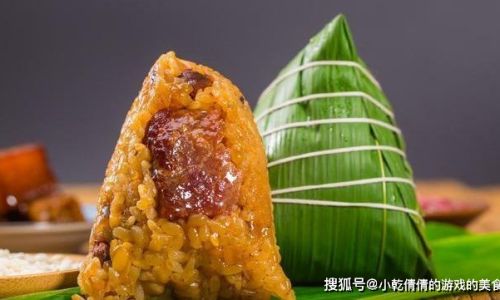
Understanding Frozen Zongzi: Composition and Challenges
Frozen zongzi are pre-packaged, vacuum-sealed, or individually wrapped dumplings stored at sub-zero temperatures to preserve their quality. The freezing process extends their lifespan but introduces unique challenges during cooking. Ice crystals formed during freezing can alter the texture of glutinous rice, making it harder to rehydrate uniformly. Additionally, the dense packaging of ingredients like meat or beans inside the leaves slows heat penetration, necessitating longer cooking times compared to fresh zongzi.
Factors Influencing Cooking Time
- Size and Thickness: Larger zongzi (e.g., those exceeding 150 grams) require more time for heat to reach the center. Thicker layers of glutinous rice and fillings act as insulators, delaying cooking.
- Type of Wrapping Leaves: Bamboo leaves, commonly used in southern China, are thicker and more porous than reed leaves, affecting heat conduction.
- Filling Density: Meat-filled zongzi may need slightly longer cooking to ensure the protein reaches a safe internal temperature (74°C/165°F).
- Altitude: At high elevations, water boils at lower temperatures, extending cooking time.
- Cooking Method: Boiling, steaming, and pressure cooking yield different results and timelines.
Step-by-Step Cooking Guide
Preparation: Thawing vs. Direct Cooking
While some recipes suggest thawing frozen zongzi, this step is optional. Thawing in the refrigerator overnight (8–12 hours) reduces cooking time by 15–20 minutes but risks partial defrosting, which can cause the leaves to tear during handling. For convenience, most home cooks prefer cooking directly from frozen.
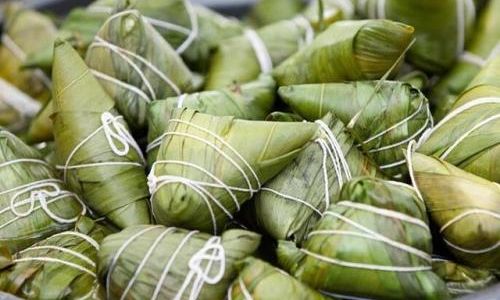
Boiling Method (Recommended for Beginners)
- Equipment: A large pot (at least 4-liter capacity) with a tight-fitting lid.
- Water Quantity: Submerge zongzi completely with 2–3 inches of water above them to prevent uneven cooking.
- Process:
- Bring water to a rolling boil over high heat.
- Gently add frozen zongzi using tongs to avoid splashing.
- Reduce heat to medium-low to maintain a gentle simmer (avoid vigorous boiling, which can dislodge fillings).
- Cooking Time:
- Small zongzi (80–120 grams): 45–60 minutes.
- Medium zongzi (120–150 grams): 60–75 minutes.
- Large zongzi (150+ grams): 75–90 minutes.
- Add boiling water periodically to maintain water levels.
Steaming Method (Preserves Shape)
- Equipment: A steamer basket or bamboo steamer lined with parchment paper.
- Process:
- Place frozen zongzi in a single layer, spaced 1 inch apart.
- Steam over medium heat with 2 inches of water in the pot.
- Cooking Time:
- Small zongzi: 60–75 minutes.
- Medium zongzi: 75–90 minutes.
- Large zongzi: 90–105 minutes.
- Advantage: Retains moisture and prevents leaf disintegration.
Pressure Cooker Method (Time-Efficient)
- Equipment: Electric or stovetop pressure cooker.
- Process:
- Add 2 cups of water and a trivet to prevent direct contact with heat.
- Arrange frozen zongzi in a single layer.
- Cooking Time:
- High pressure (12 psi): 25–35 minutes.
- Natural release: 10 minutes.
- Ideal for busy households, but monitor to avoid overcooking.
Microwave Method (Quick but Risky)
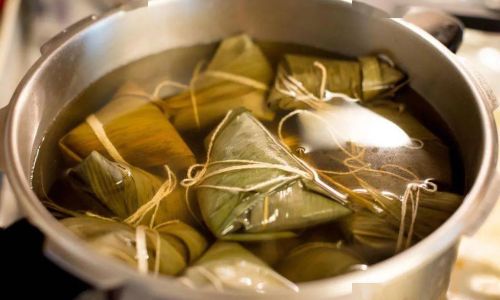
- Process:
- Wrap zongzi in a damp paper towel.
- Microwave on high for 3–5 minutes per zongzi.
- Rest for 2 minutes before serving.
- Caution: Uneven heating may result in cold spots; not recommended for large batches.
Signs of Doneness
- Texture Test: Gently press a zongzi; the rice should feel soft without resistance.
- Leaf Unwrapping: Leaves should peel away easily, revealing intact grains.
- Internal Temperature: Use a thermometer to ensure the center reaches 74°C (165°F).
Pro Tips for Perfect Zongzi
- Salt the Water: Add 1–2 teaspoons of salt to the cooking liquid to enhance flavor penetration.
- Avoid Overcrowding: Cook in batches if necessary to maintain water circulation.
- Resting Period: Let cooked zongzi sit for 5–10 minutes after cooking to redistribute moisture.
- Flavor Variations: Experiment with dipping sauces like soy sauce, chili oil, or sweetened bean paste.
- Storage: Refreeze cooked zongzi within 2 hours of cooling to prevent bacterial growth.
Common Mistakes to Avoid
- Insufficient Water: Leaves may burn, and rice will dry out.
- High Heat: Vigorous boiling breaks leaves and dislodges fillings.
- Skipping Resting Time: Immediate serving leads to gummy texture.
- Ignoring Altitude: Adjust cooking time by adding 5–10 minutes per 1,000 feet above sea level.
- Reusing Water: Discard water after cooking to avoid bitterness from tannins in leaves.
Regional Variations and Cooking Times
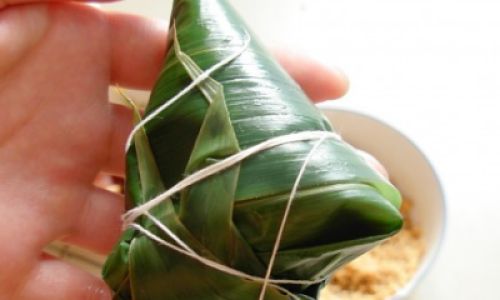
- Southern-Style Zongzi (Savory): Larger in size, often with pork belly and mushrooms. Requires 75–90 minutes boiling.
- Northern-Style Zongzi (Sweet): Smaller, with red bean paste or jujube. Cook in 45–60 minutes.
- Alkaline Water Zongzi (Cantonese): Yellow-tinged rice from lye water. Same cooking time as southern styles.
Storage and Reheating
- Freezer Life: Up to 6 months when vacuum-sealed.
- Reheating:
- Steam for 10–15 minutes (best for texture).
- Microwave for 1–2 minutes (cover with a damp cloth to prevent drying).
- Avoid refreezing thawed zongzi.
Cultural Significance and Etiquette
Zongzi symbolizes unity and respect for tradition, often shared during festivals. When serving, unwrap the leaves carefully to avoid tearing the rice, and present them on a plate with chopsticks or a spoon. Pair with tea to balance the richness of fillings.
Conclusion
Cooking frozen zongzi to perfection is an art that balances patience, technique, and an understanding of ingredients. By adjusting cooking times based on size, method, and equipment, even novice cooks can achieve tender, aromatic dumplings that honor this ancient culinary tradition. Whether boiled, steamed, or pressure-cooked, the key lies in maintaining a gentle, consistent heat and respecting the delicate interplay between glutinous rice, fillings, and leaves. With practice, you’ll master the alchemy of transforming frozen parcels into golden, fragrant treasures that delight the senses and connect generations.
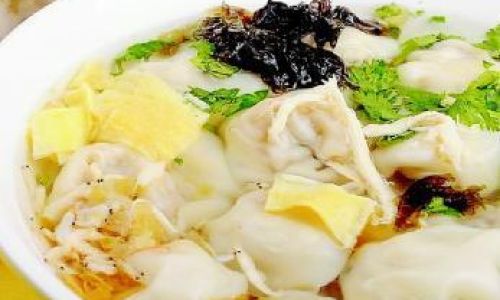
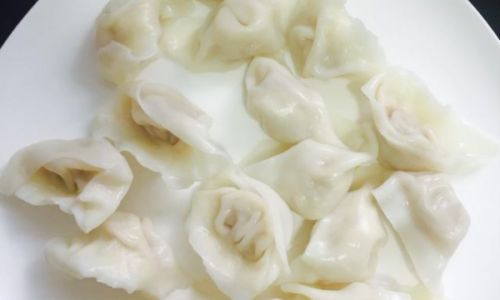
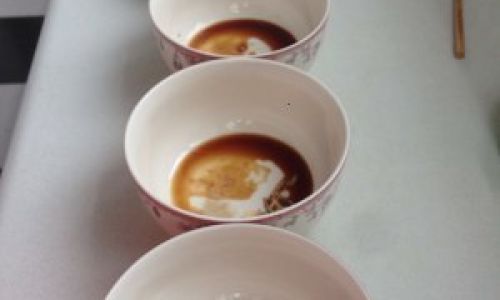
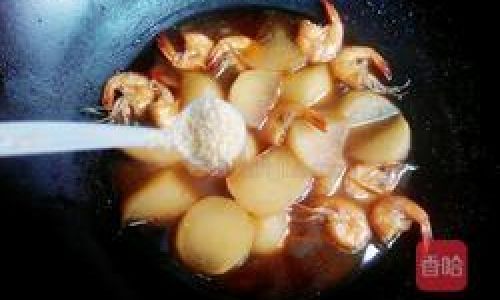
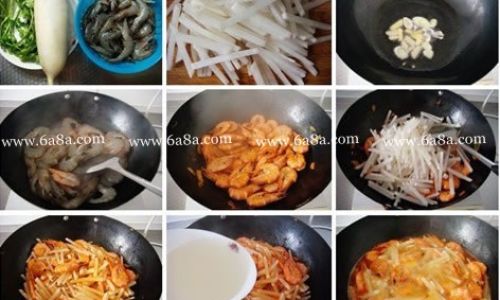
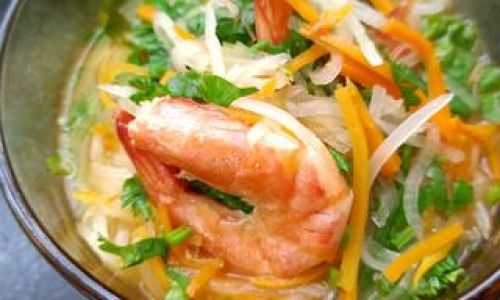
0 comments